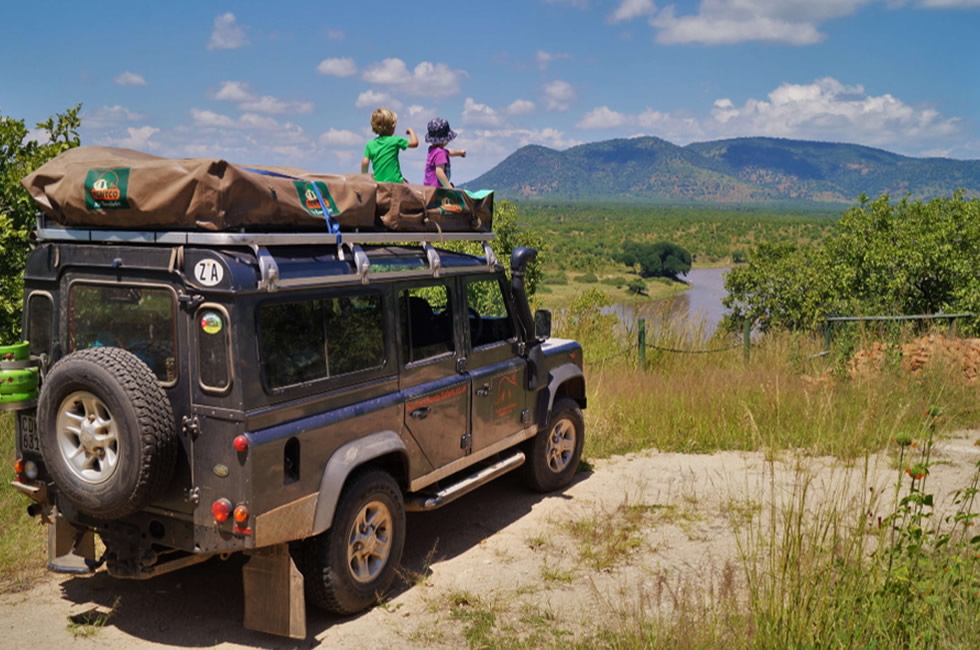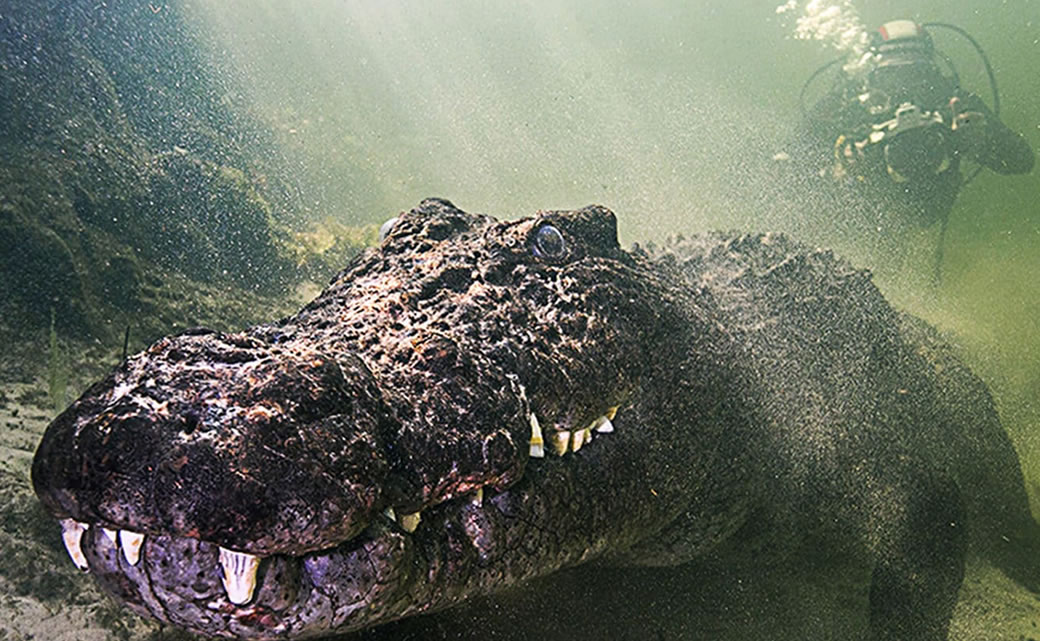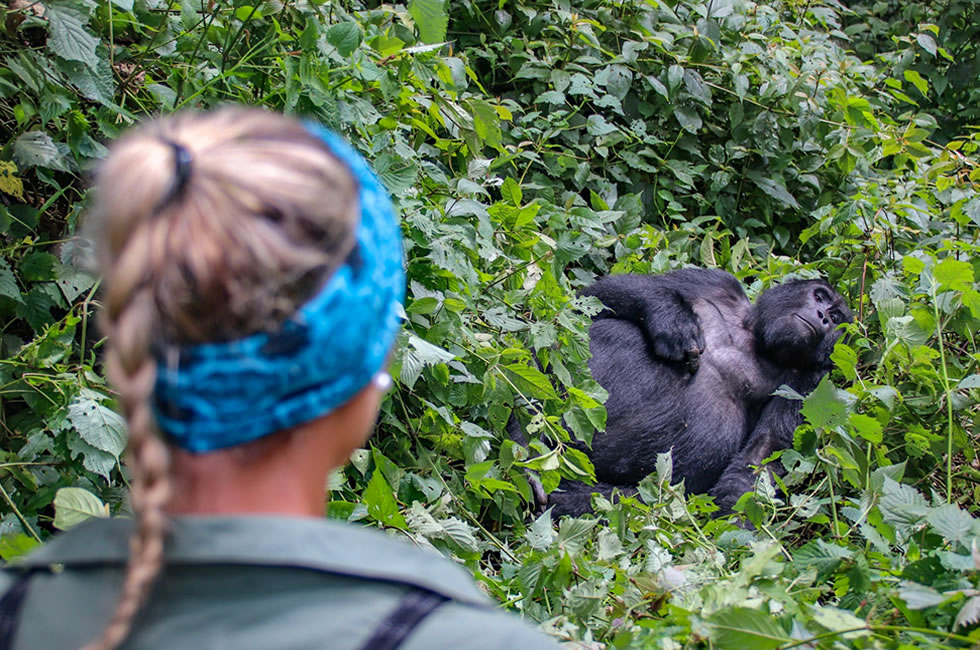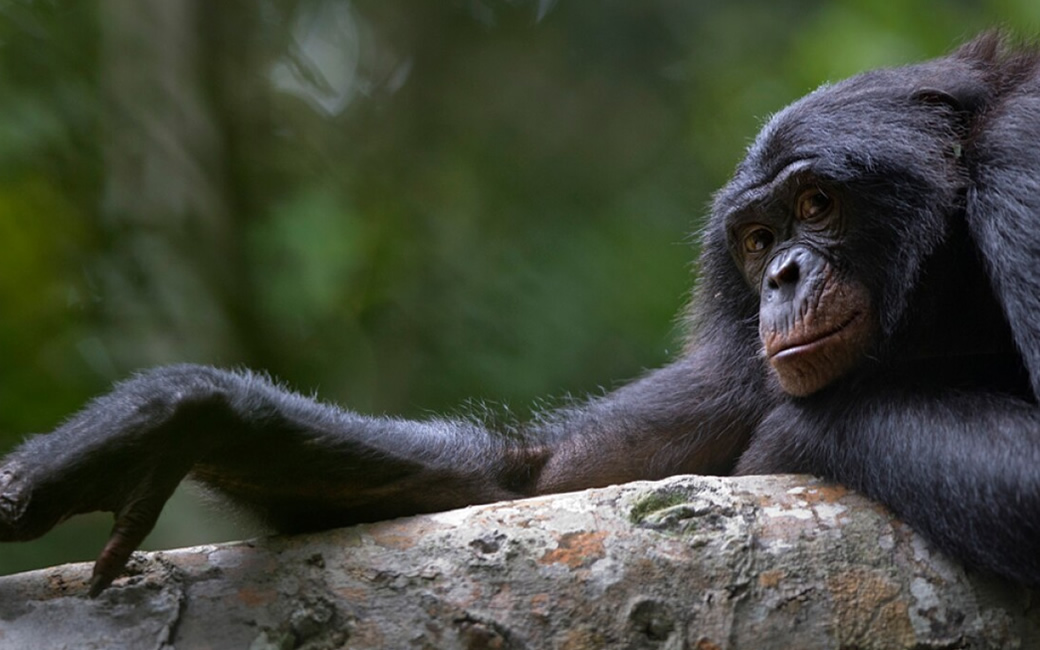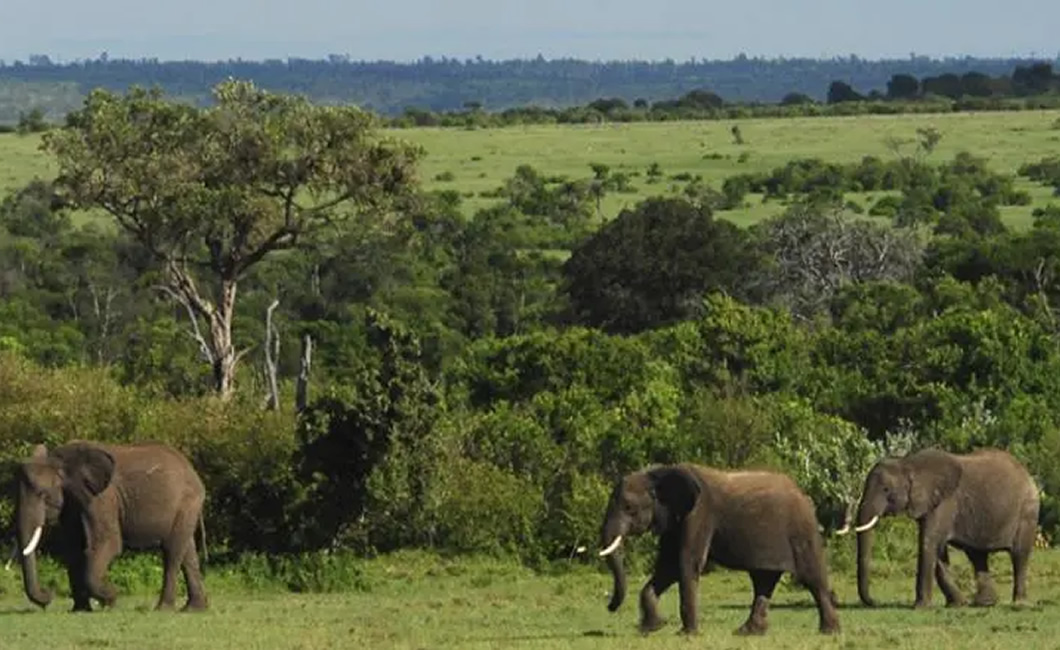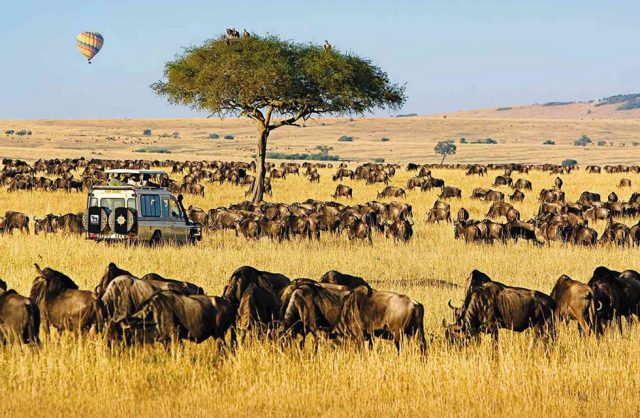Visit Rwanda for An Unforgettable Safari Experience
Rwanda offers a secure and welcoming environment for those seeking an unforgettable safari experience. From the dense, misty forests of Volcanoes National Park, home to the endangered mountain gorillas, to the expansive savannahs of Akagera National Park, Rwanda promises an unparalleled safari adventure with peace of mind. In this detailed exploration, we will delve into the factors that contribute to Rwanda’s reputation as the safest East African country for safari, highlighting its attractions, safety measures, and the overall visitor experience.
- Political Stability and Governance
Consistent Leadership: Rwanda is widely regarded as one of the most politically stable countries in Africa. Since the tragic events of the 1994 genocide against the Tutsi, the country has made remarkable strides in achieving peace and stability under the leadership of President Paul Kagame and his government. This consistent leadership has fostered an environment conducive to economic growth and tourism development.
Effective Governance: The Rwandan government has implemented effective governance policies that prioritize safety, transparency, and development. These policies have contributed to a low crime rate and a strong sense of public security, making Rwanda a safe destination for tourists.
- Safety and Security Measures
Tourist Police: Rwanda has established a dedicated Tourist Police unit to ensure the safety of visitors. These officers are strategically stationed in major tourist areas, including national parks, airports, and popular attractions, providing assistance and maintaining security.
Strict Anti-Poaching Efforts: The country’s commitment to wildlife conservation includes stringent anti-poaching measures, which not only protect wildlife but also enhance the safety of tourists. Well-trained Park rangers and anti-poaching units patrol the national parks, ensuring a secure environment for both wildlife and visitors.
Health and Sanitation: Rwanda’s focus on health and sanitation is another critical factor contributing to its safety. The country has robust healthcare systems and is proactive in addressing public health concerns. For instance, during the COVID-19 pandemic, Rwanda implemented strict protocols to safeguard both residents and visitors, including mandatory testing and quarantine measures.
- Infrastructure and Accessibility
Road Networks: Rwanda boasts some of the best road networks in East Africa, facilitating safe and convenient travel between major cities and tourist destinations. Paved roads and well-maintained highways connect Kigali, the capital city, with national parks and other attractions, ensuring a smooth journey for visitors.
Air Travel: Rwanda’s national carrier, RwandAir, offers reliable and safe air travel within the country and to international destinations. The airline is known for its punctuality, safety standards, and excellent service. Kigali International Airport, the main gateway for international travelers, adheres to high safety and security standards, providing a hassle-free entry point.
Accommodation: The country offers a range of accommodation options, from luxury lodges to eco-friendly campsites, all adhering to stringent safety and hygiene protocols. Many lodges are situated within or near national parks, providing secure and comfortable bases for safari activities.
- Unique Safari Experiences
Volcanoes National Park: This park is perhaps Rwanda’s most famous attraction, home to the endangered mountain gorillas. Gorilla trekking in Volcanoes National Park is a highlight for many visitors, offering a rare and intimate wildlife encounter. The safety of these treks is ensured through well-trained guides and strict regulations that limit the number of daily visitors to minimize impact on the gorillas and their habitat.
Nyungwe National Park: Known for its rich biodiversity, Nyungwe National Park offers a different safari experience with its lush montane rainforest. The park is home to 13 primate species, including chimpanzees and colobus monkeys. The Canopy Walkway, suspended above the forest floor, provides a unique vantage point for observing the park’s wildlife and is constructed and maintained with rigorous safety standards.
Akagera National Park: Offering a classic savannah safari experience, Akagera National Park is home to the “Big Five” – lions, elephants, buffalo, leopards, and rhinos. The park has undergone significant restoration and conservation efforts, making it a thriving ecosystem for wildlife. Guided game drives, boat safaris on Lake Ihema, and well-marked trails ensure safe and enjoyable wildlife viewing experiences.
- Community Engagement and Cultural Experiences
Community-Based Tourism: Rwanda’s approach to tourism emphasizes community involvement and benefits. Many tourism initiatives are designed to support local communities, ensuring that they reap the economic benefits of tourism. This community-based approach not only enhances the visitor experience but also contributes to the overall safety and well-being of the regions around tourist attractions.
Cultural Tours: Visitors have the opportunity to engage in cultural tours that provide insights into Rwanda’s rich history and traditions. These tours are conducted in safe environments, often in collaboration with local communities. Visits to traditional villages, craft markets, and cultural centres offer a deeper understanding of Rwandan culture and heritage.
- Conservation and Sustainable Tourism
Conservation Success Stories: Rwanda’s commitment to conservation is evident in its national parks and wildlife management practices. The country’s conservation efforts have been internationally recognized, particularly the successful reintroduction of black rhinos and the growing population of mountain gorillas. These initiatives not only protect wildlife but also create safe and sustainable tourism opportunities.
Eco-Friendly Practices: Rwanda is dedicated to promoting sustainable tourism practices that minimize environmental impact. Many lodges and campsites in national parks follow eco-friendly principles, such as using solar power, recycling waste, and supporting conservation projects. This focus on sustainability ensures that tourism activities do not compromise the safety and integrity of natural habitats.
Practical Tips for Exploring Rwanda
Travel Insurance: It is advisable for visitors to have comprehensive travel insurance that covers medical emergencies, trip cancellations, and other unforeseen events. This provides an added layer of security and peace of mind during the safari.
Health Precautions: Travelers should take necessary health precautions, such as vaccinations and anti-malaria prophylaxis, as recommended by health authorities. It is also important to stay hydrated and protect against sun exposure during outdoor activities.
Respect Park Regulations: Adhering to park regulations and guidelines is crucial for ensuring safety. This includes following the instructions of guides and rangers, maintaining a safe distance from wildlife, and not leaving designated trails.
Local Customs and Etiquette: Respecting local customs and etiquette enhances the visitor experience and fosters positive interactions with local communities. Learning a few phrases in Kinyarwanda, the local language, and understanding cultural norms can go a long way in building rapport with residents.
In conclusion, Rwanda stands out as the safest East African country for a safari, offering a unique blend of wildlife diversity, conservation success stories, and cultural richness within a secure and welcoming environment. The country’s political stability, effective governance, and robust safety measures ensure that visitors can enjoy their safari adventures with peace of mind. Whether trekking to see mountain gorillas in Volcanoes National Park, exploring the primate-rich forests of Nyungwe, or embarking on a classic savannah safari in Akagera, travellers are treated to unforgettable experiences that highlight Rwanda’s natural beauty and commitment to sustainable tourism.
